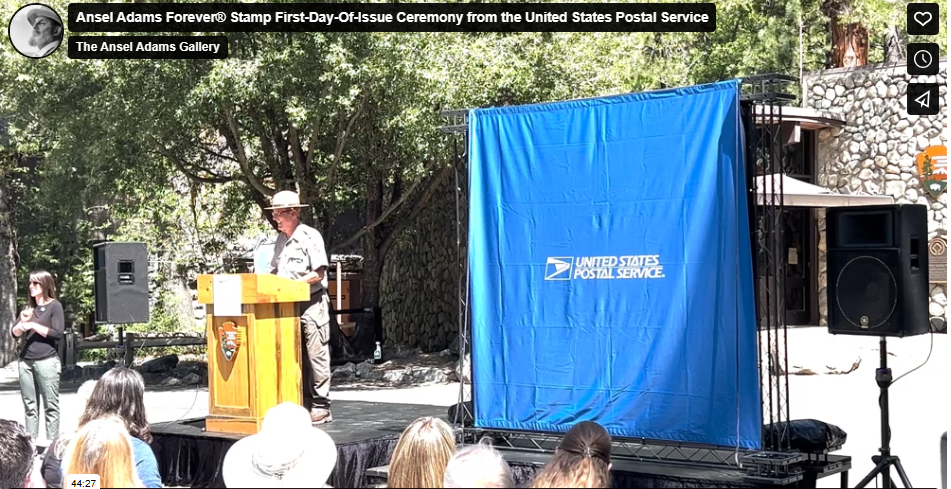More About the Image:
In 1941 Ansel Adams was commissioned by the Department of the Interior to create mural-sized photographs for their offices. Though the project was cut short due to World War II, Ansel nonetheless was able to travel the country, photographing a number of the great national parks and government projects. In the process, he made some stunning photographs. One of them, Tetons and the Snake River, became emblematic of Ansel’s style as well as the style of generations of nature and landscape photographers who followed in his footsteps. The sweeping panorama emphasizes Adams ‘omniscient viewpoint’ and ‘God-like perspective,’ and the spectrum of grays gives the photo its ‘bold and muscular’ qualities. Dr. Rebbeca Senf writes that it is in this era that he comes up with a whole stylistic language that we now associate with taking pictures of the natural landscape. This image would find its way into numerous publications and exhibitions throughout the artist’s lifetime, and was also included in Ansel's last major project called 'The Museum Set,' a collection of photographs for which he wanted to be remembered. Sets were initially meant to include either 25 or 75 total images, 10 which Ansel picked as absolute and which he considered exemplary to his body of work (colloquially referred to as his 'biggies'). Of all the images considered for the set made throughout the entirety of his career, Tetons and the Snake River was chosen as one of his ten 'biggies.'








